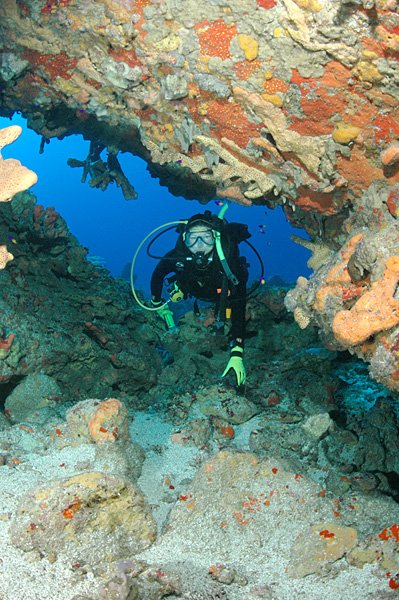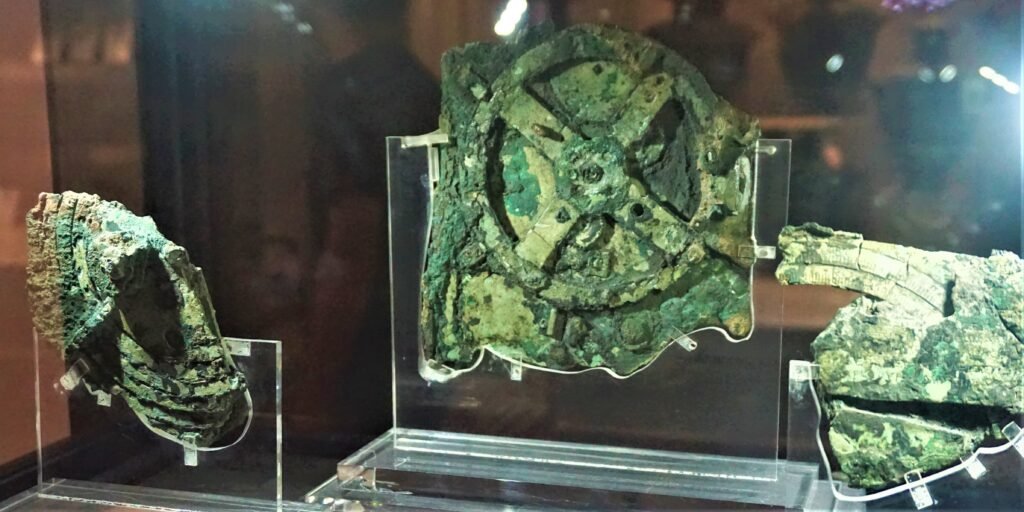Imagine holding the skeleton of a prehistoric giant in your hands—not in a dusty museum hall, but through a glowing screen, zooming in on every detail from the comfort of your living room. This isn’t science fiction. Across the world, museums are racing against time, climate, and decay to digitize the wonders of our natural world. The journey from bones to bytes is nothing short of breathtaking. It’s a thrilling tale of innovation, urgency, and hope, where every specimen scanned is a memory preserved, waiting to inspire generations yet unborn. As we stand at the crossroads of technology and natural history, the question isn’t just what we can save, but how far our curiosity can take us in this bold new digital frontier.
The Push for Preservation: Why Digitize Nature?
Natural history museums are sanctuaries for Earth’s treasures, holding millions of fragile bones, feathers, leaves, and fossils. But time is relentless—specimens fade, deteriorate, or even disappear due to disasters or loss. Digitization is the answer to this slow erosion. By transforming physical objects into detailed digital records, museums create lasting backups immune to the ravages of time. These digital archives don’t just protect against loss; they unlock access for anyone, anywhere. For some researchers, a digital scan of a rare insect may be the only way to study it without risking damage. For students and the curious, digital collections are a bridge to worlds they may never physically visit.
Inside the Digital Vault: What Gets Scanned?
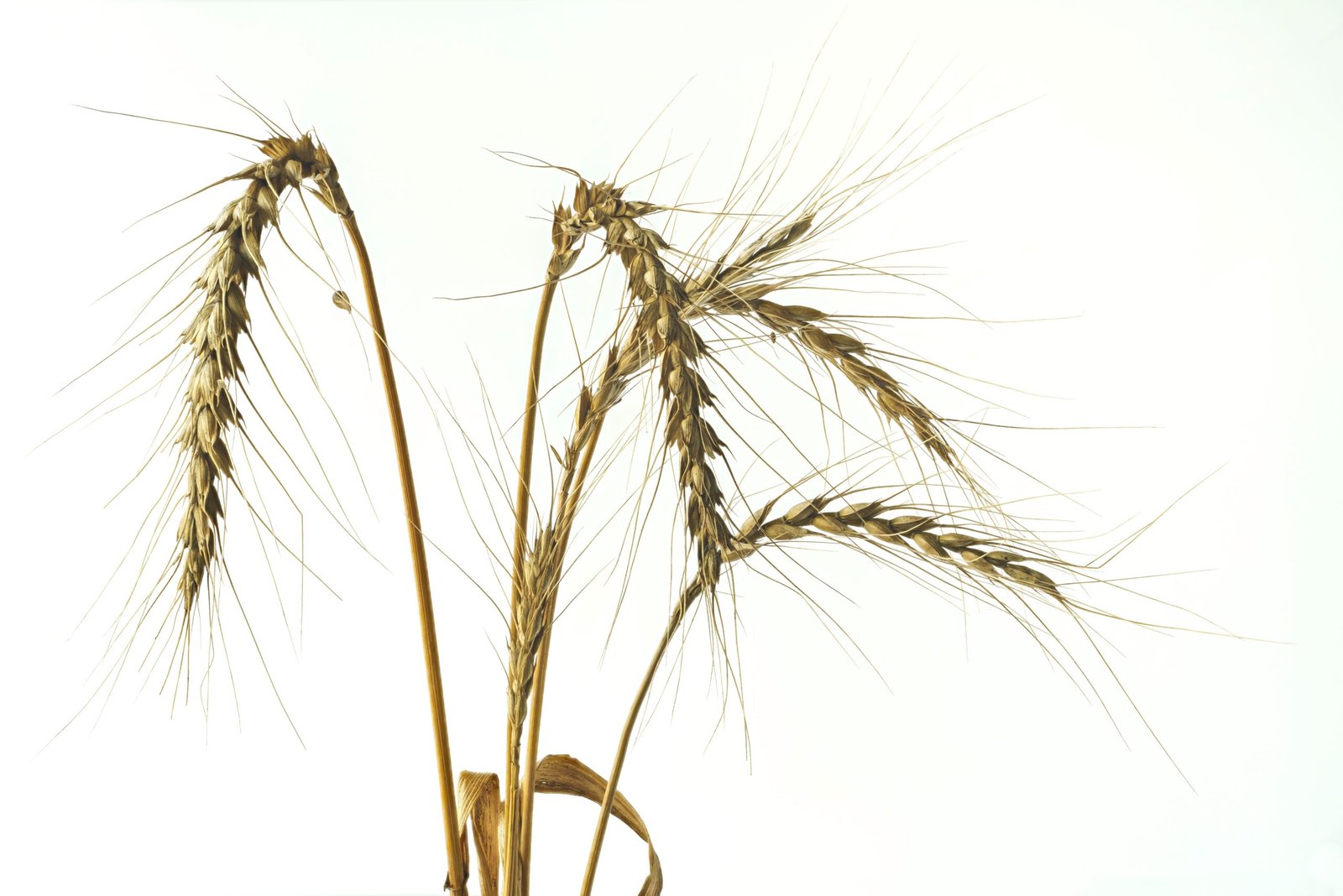
It’s astounding to realize that museums house billions of specimens, from the tiniest pollen grains to towering dinosaur skeletons. The digitization effort covers an extraordinary range: bones, shells, pressed plants, insects pinned in drawers, and even entire animal pelts. High-resolution photography, CT scans, and 3D laser scanning are all part of the toolkit. Some museums even digitize audio recordings of animal calls or environmental sounds, preserving the voices of nature alongside its forms. This massive undertaking means prioritizing the rarest, most fragile, or scientifically valuable items first, ensuring nothing irreplaceable is lost to the ages.
From Cabinets to Cyberspace: How Digitization Happens

The process begins with careful selection and preparation. Specialized teams gently clean and photograph each specimen, sometimes taking hundreds of images from different angles. For more complex structures, such as skulls or seeds, high-tech scanners create detailed 3D models. Metadata—information about where, when, and how the specimen was collected—is meticulously recorded. All this data is then uploaded to powerful servers, where it becomes part of a growing digital archive. The result isn’t just a static snapshot, but an interactive experience that can be studied in ways impossible with the naked eye.
Unlocking Hidden Wonders: 3D Scans and Virtual Reality
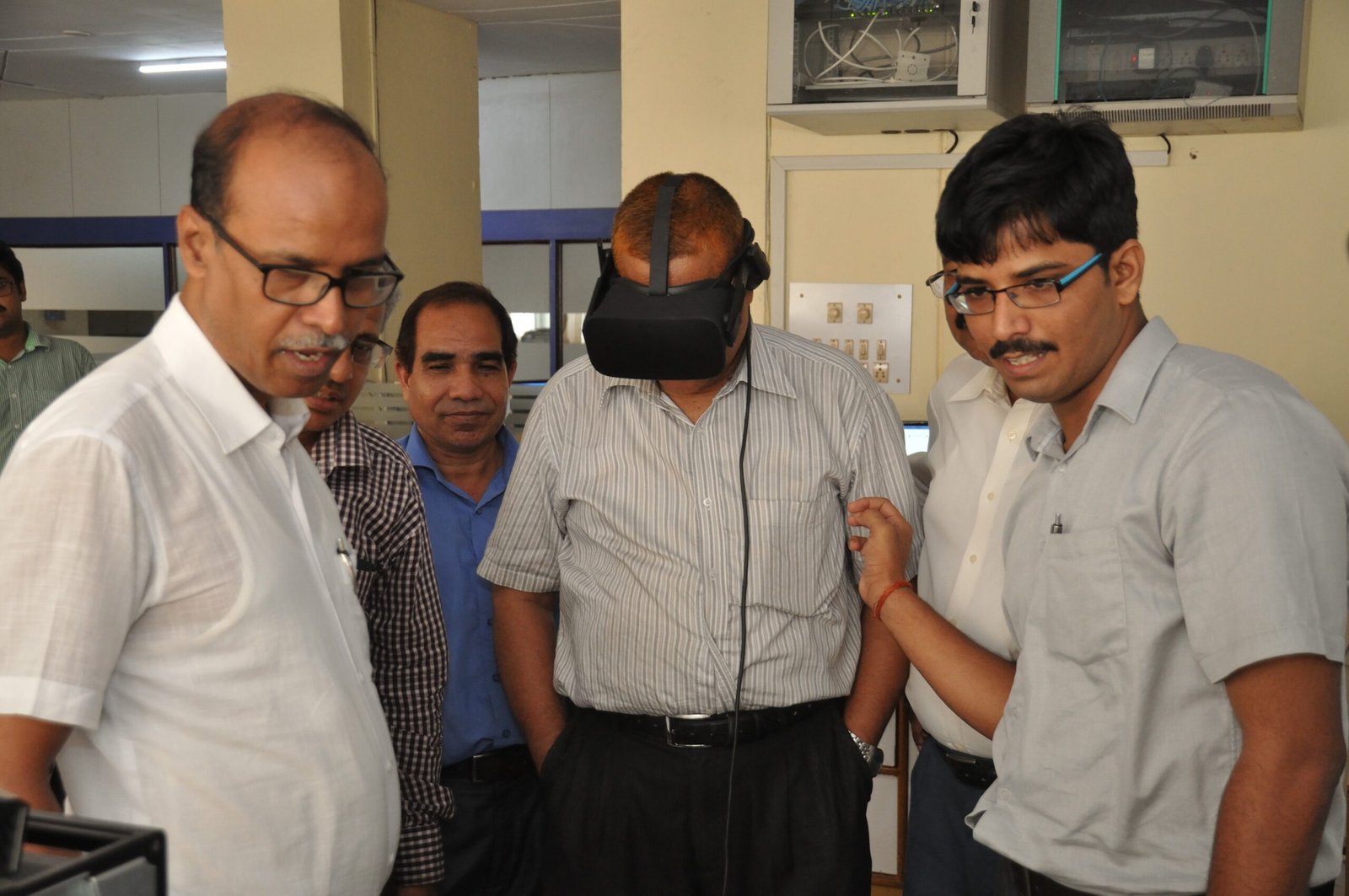
Perhaps the most mesmerizing development is the rise of 3D scanning and virtual reality. Imagine donning a VR headset and exploring a virtual rainforest, walking among digital reconstructions of extinct animals, or holding a 3D-printed replica of a fossilized flower. These technologies let researchers and the public alike manipulate and examine specimens from every angle, revealing details that might go unnoticed otherwise. Virtual reality exhibitions are making museums accessible to people who may never have the chance to visit in person, bringing the secrets of the past to life in vivid, unforgettable ways.
The Power of Open Access: Sharing Nature with the World
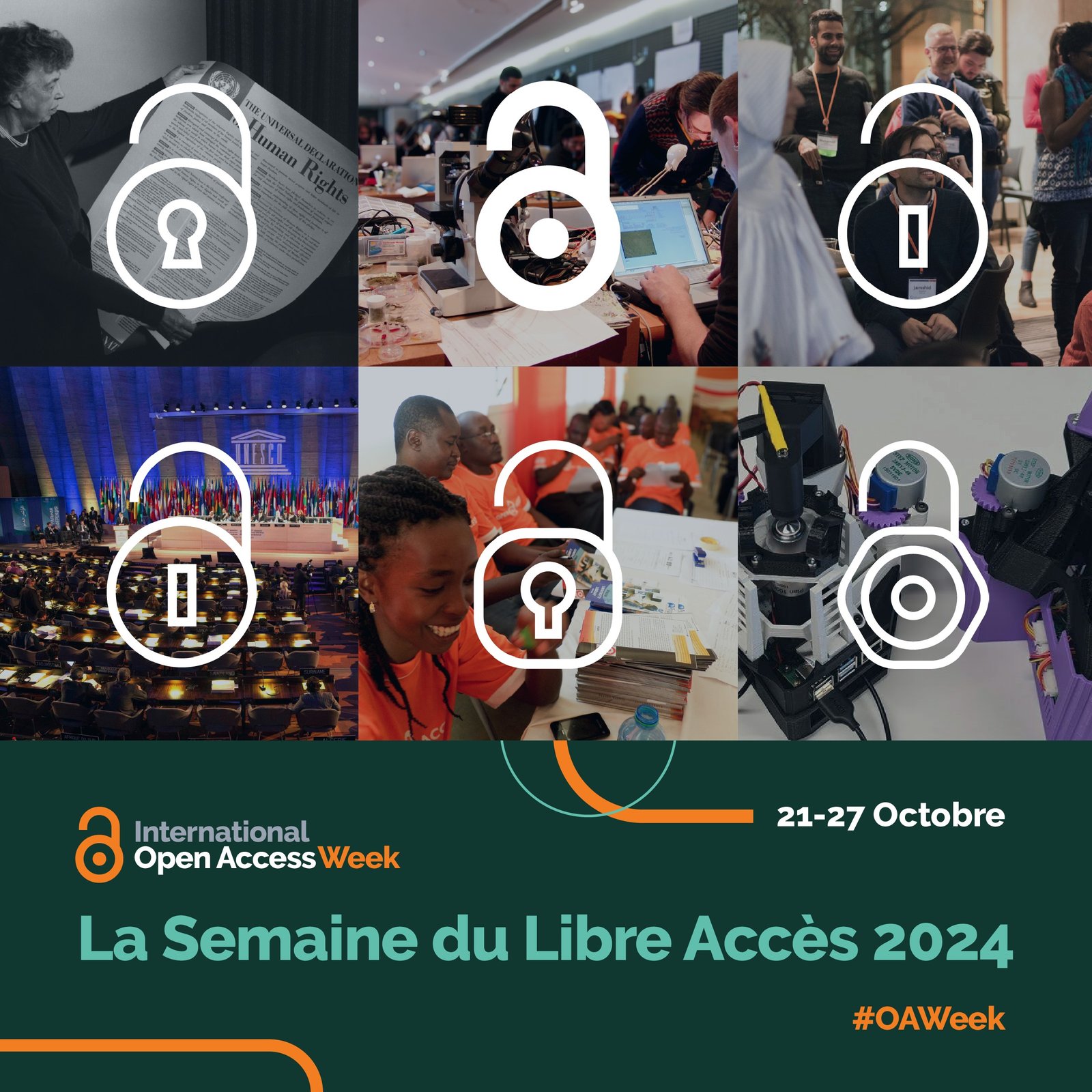
Digitizing collections isn’t just about preservation—it’s about democratizing science. Many museums are committed to sharing their digital archives freely online, breaking down barriers between experts and everyday explorers. This open access allows students, teachers, artists, and citizen scientists to dive into the collections, sparking new questions and discoveries. In some cases, crowdsourcing projects invite the public to help label or identify specimens, turning museum visitors into active participants in the scientific process. The ripple effect is profound: a single digitized butterfly can inspire a classroom on the other side of the planet.
Meeting the Climate Crisis: Digitization as a Safeguard
The climate emergency is accelerating habitat loss and extinction at a terrifying pace. Many species preserved in museum drawers may no longer exist in the wild. Digitization offers a vital safeguard, creating digital stand-ins for threatened or vanished organisms. These records become invaluable to conservationists and researchers racing to understand how ecosystems change and which species need urgent protection. By capturing data about where and when specimens were found, digitized collections also paint a vivid historical portrait of biodiversity, helping us make smarter decisions for the future.
Citizen Science Revolution: The Public Joins In
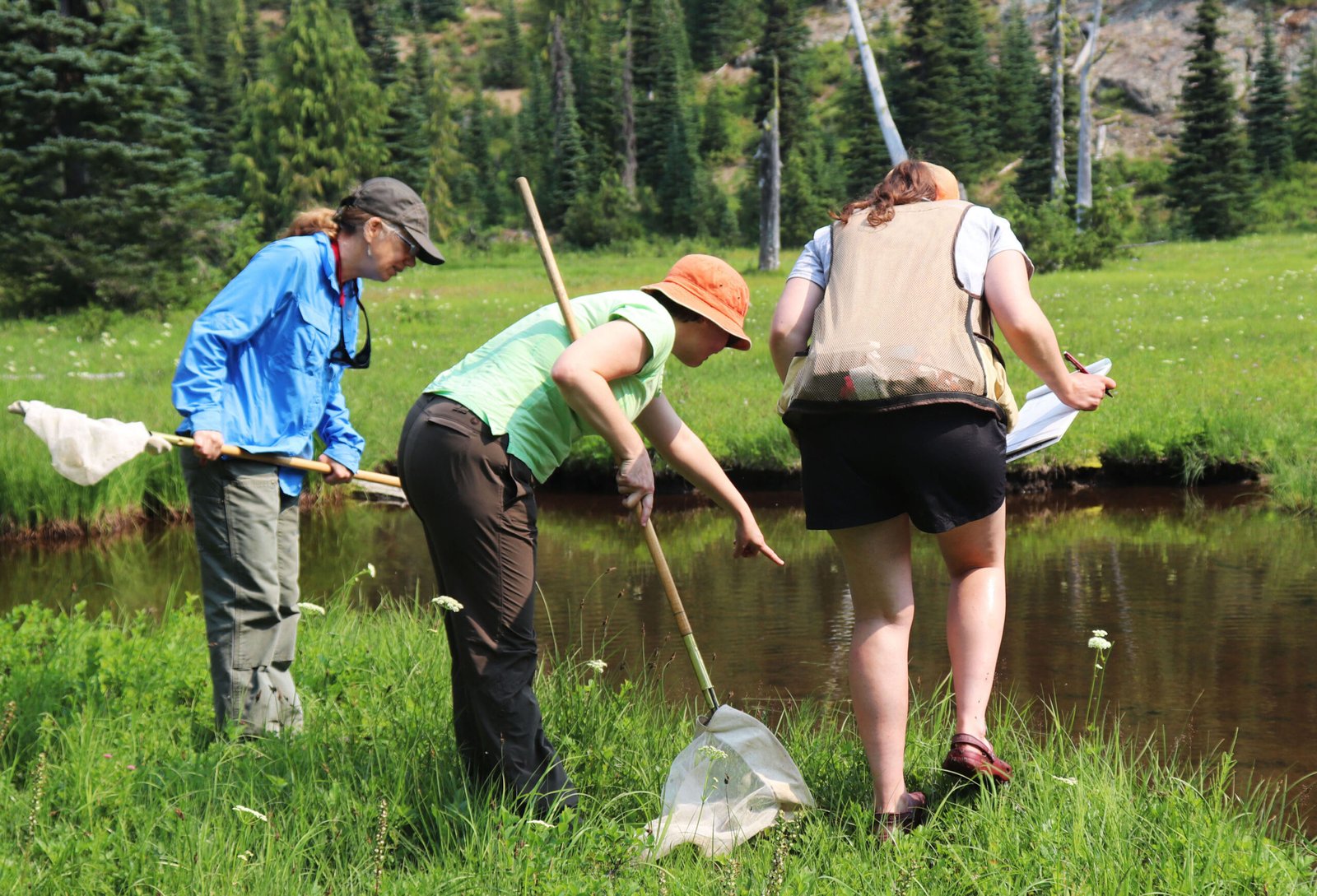
Something remarkable is happening as museums turn to the crowd. Enthusiasts of all ages can now become part of the digitization movement. Through online platforms, anyone can help transcribe handwritten specimen labels, tag images, or even identify species. Projects like these have proven shockingly effective, speeding up data processing and making science more inclusive. For many participants, it’s a thrilling way to contribute to real research, learn new skills, and connect with others who share a passion for nature. The line between scientist and citizen is blurring in the best possible way.
Challenges on the Digital Frontier
Digitizing nature’s wonders is awe-inspiring—but it’s not without hurdles. Museums face tight budgets, aging infrastructure, and the immense scale of their collections. Some specimens are too delicate or complex to scan easily, requiring new techniques or painstaking manual effort. There’s also the challenge of keeping digital data safe from cyber threats or technological obsolescence. Museums must constantly update their systems and train staff in new skills. Despite these obstacles, the momentum is unstoppable, fueled by the belief that the digital future holds more promise than peril.
The Art of Metadata: Making Sense of the Past
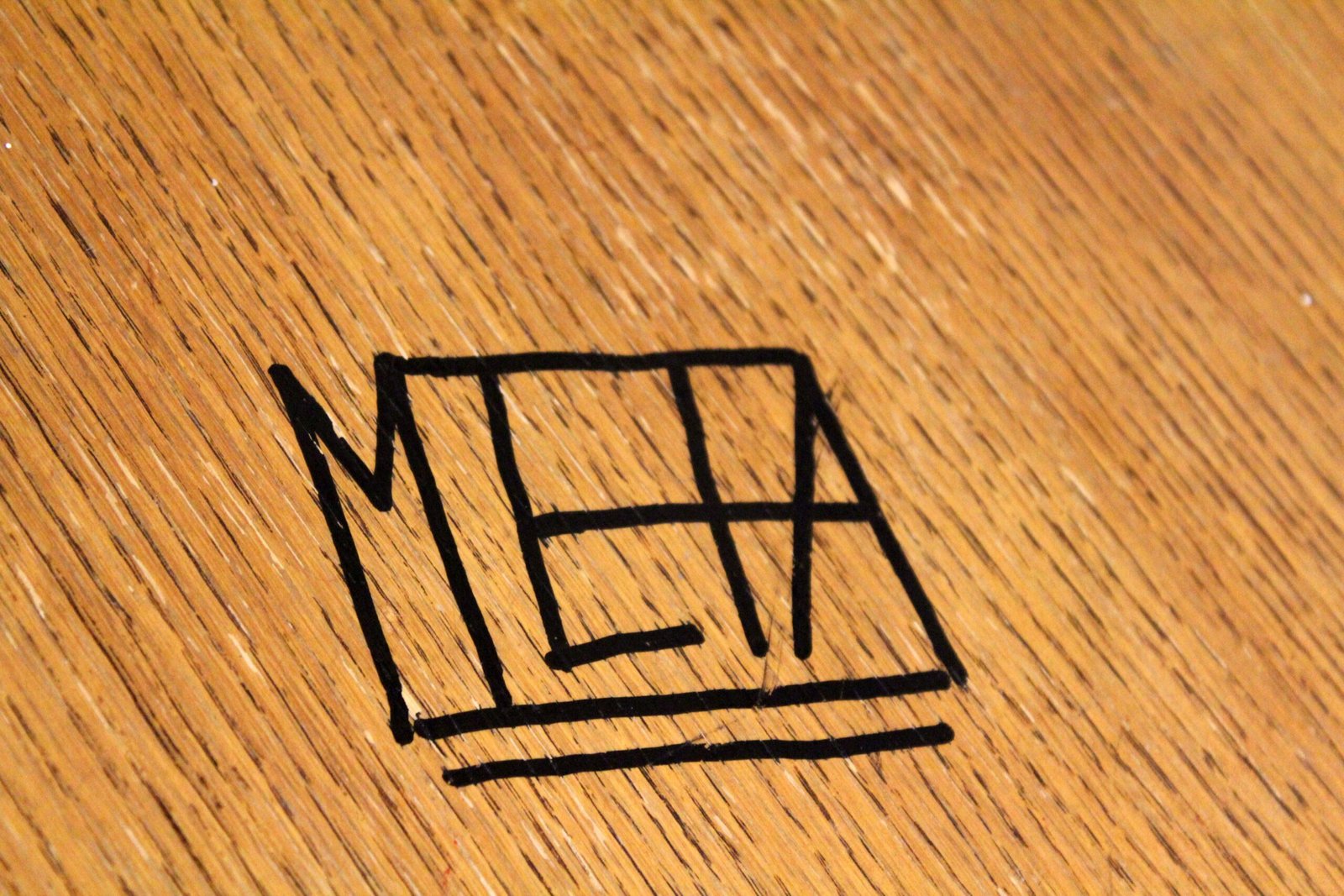
A digital image is only as useful as the story behind it. That’s where metadata comes in—the crucial details about each specimen’s origin, age, collector, and journey. Curators and researchers spend countless hours decoding old labels, translating faded handwriting, and standardizing records. Rich, accurate metadata transforms scattered data points into a coherent tapestry of natural history. This information is a goldmine for scientists tracking changes in climate, migration, or disease over centuries. In many ways, metadata is the secret sauce that brings digitized nature to life.
Education Transformed: Museums in the Classroom
Classrooms are being revolutionized by digitized museum collections. No longer limited to textbook photos, students can now interact with high-resolution images and 3D models in real time. Teachers use these digital assets to launch virtual field trips, lead group investigations, or inspire creative projects. This hands-on access sparks curiosity and deepens understanding, especially for students far from major cities or museums. For a child who dreams of being a scientist, exploring a digital fossil or rare butterfly can be the spark that lights a lifelong passion.
Global Collaboration: Museums Without Borders
The digital revolution is breaking down walls between institutions. Museums around the world are joining forces, sharing data and expertise in massive online networks. This global collaboration means a researcher in Kenya can study plant specimens from Brazil, or a conservationist in Australia can access mammal records from Europe. Shared digital resources make science more efficient, collaborative, and impactful. The combined power of these networks is helping to solve big puzzles about evolution, extinction, and the interconnectedness of life on Earth.
Digitizing the Microscopic: Wonders Beyond the Naked Eye
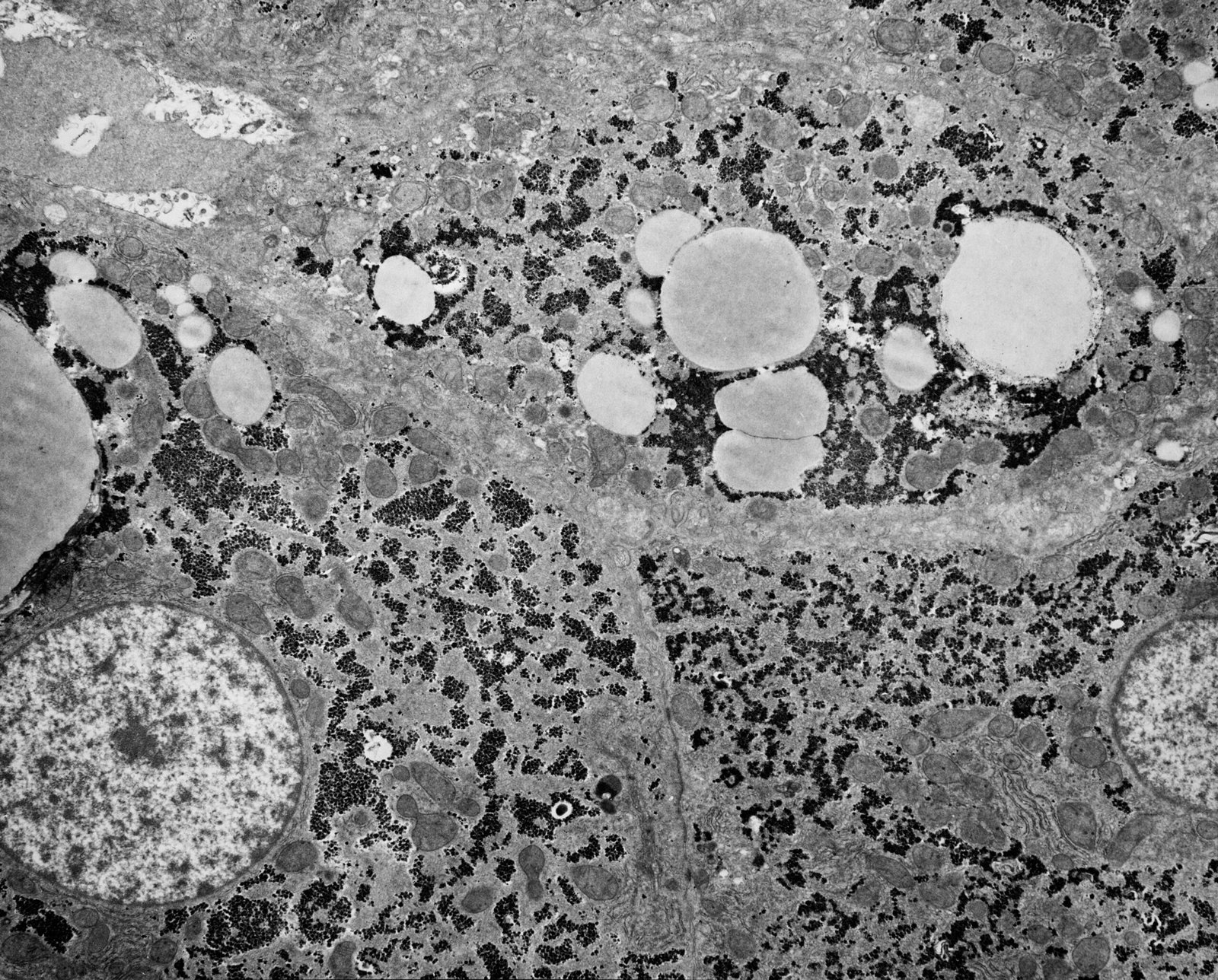
Not all treasures are visible to the naked eye. Digitization is opening up the tiny worlds of pollen grains, insect wings, and microscopic fossils. Advanced imaging techniques, such as electron microscopy, reveal stunning structures and patterns previously hidden from view. These detailed visuals help scientists identify species, trace evolutionary relationships, and even discover new forms of life. Sharing these mesmerizing images online brings the beauty and intricacy of the microscopic world to a global audience, inspiring awe and wonder at nature’s smallest marvels.
Ethics and Indigenous Knowledge: Respecting Heritage
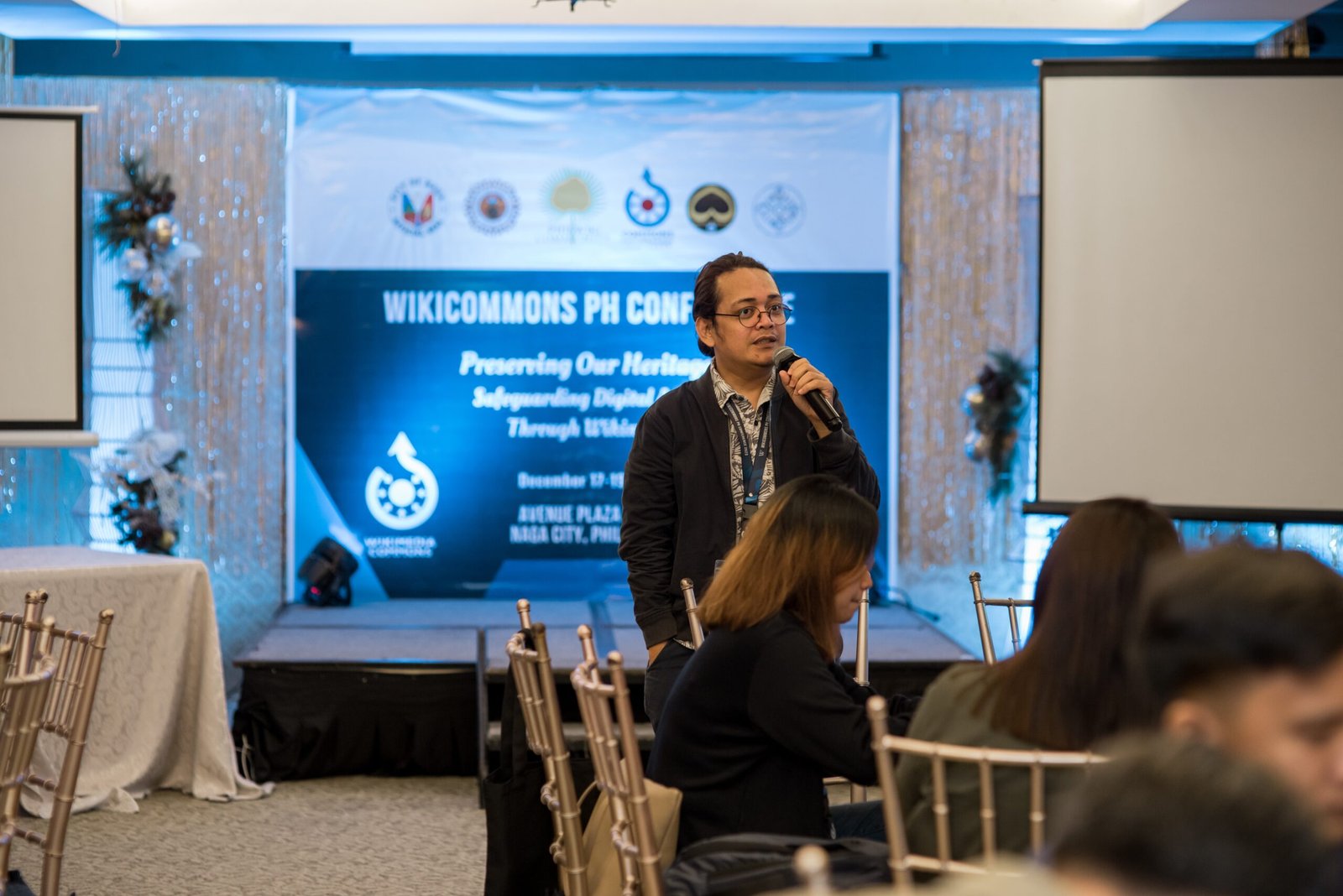
As museums digitize collections, questions of ethics and cultural sensitivity come to the fore. Many natural specimens are intertwined with the histories and traditions of Indigenous peoples. Leading museums are now working closely with communities to ensure that digitization respects ownership, context, and consent. This collaboration enriches digital archives with cultural stories, traditional knowledge, and local wisdom, making them more inclusive and accurate. The process is ongoing and sometimes complex, but it promises a future where digital collections honor both science and heritage.
Reimagining Museum Visits: The Rise of the Virtual Exhibit
The digital age has reshaped what it means to “visit” a museum. Virtual exhibits allow anyone with an internet connection to wander through digital galleries, explore interactive displays, or attend live-streamed talks. Augmented reality apps can bring ancient animals to life in your living room or overlay digital information on real-world museum visits. These innovations make museums accessible regardless of geography, mobility, or circumstance, turning every device into a portal to discovery. For many, the virtual experience is a thrilling complement—sometimes even a gateway—to seeing the real thing.
Fossils for the Future: Inspiring the Next Generation
Every scanned bone, feather, or shell is a message to the future. By digitizing nature’s archives, museums are creating a legacy of knowledge and wonder for generations to come. Young people today can explore ancient worlds, uncover mysteries, and contribute to real scientific discoveries—all through their screens. This access empowers future scientists, conservationists, and storytellers to dream bigger and reach further. In a rapidly changing world, digitized collections may be the seeds from which tomorrow’s breakthroughs grow.
The Digital Ark: A Lifeline for Nature’s Stories
As museums move from bones to bytes, they build a digital ark—a sanctuary for the stories of life on Earth. Every scan, upload, and virtual exhibit preserves not just objects, but the memories and lessons they carry. In this era of uncertainty, digitization is more than a technical feat; it’s a promise that nature’s wonders will not be forgotten, but shared, studied, and cherished for all time. What story will you discover in this new world of digital nature?


